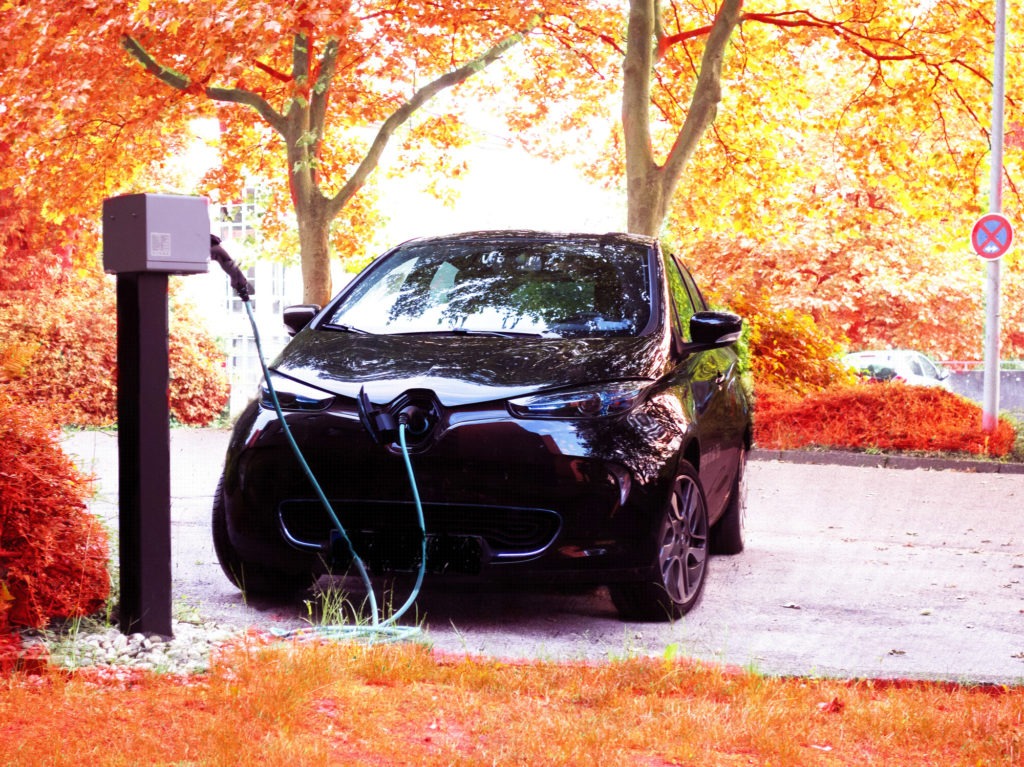Renault planning to install world-first EV energy storage tech on highways in Europe
30 August 2017

30 August 2017
Renault is gearing up for tapping into the second-life electric vehicle (EV) battery market, which will become a substantial new revenue stream for OEMs over the coming decade. EV batteries have a vehicle life of 8-10 years, according to the French carmaker, but due to their giant capacities, are still highly sought after for static energy storage applications after their life in electric cars – including for EV charging stations on highways. They are a win-win: they can help to support national electricity grids during periods of peak energy demand, while avoiding customers paying high peak electricity prices.
As the first stage towards Renault’s goal of installing energy storage tech on highways across Europe, the company has installed the first quick EV charging stations in Belgium and Germany. The so-called E-STOR storage tech has been developed by UK-based Connected Energy using Renault EV batteries. These come from its full suite of all-electric models including the best-selling Renault Zoe, Kangoo Z.E., Twizy, Fluence Z.E. and SM3 Z.E. Renault hails the partnership with Connected Energy as ′supporting Renault’s global strategy for the energy storage market.’
The energy storage tech works by charging the batteries during periods of low electricity demand when it is cheap, such as during the small hours. It can then be used as a cheaper source of electricity during soaring prices at times of peak demand, such as early evenings when people are getting home from work. It also will allow for offering electric vehicle charging stations in cut-off locations where constructing otherwise necessary high-power grid connections would be very costly – including in old city centre areas. The tech can even make money itself simply by storing the electricity and automatically selling it back to the grid from whence it came at peak hours – this is known as bi-directional charging, which can also be taken advantage of by some plugged-in EVs themselves. The tech helps smooth out energy demand for network grids, lowing grid operational costs, especially with widespread EV use set to put such networks under heavy pressure, especially in the UK and southern Germany.
The E-STOR tech has wide application, and can also be deployed in domestic homes, manage multiple-unit residences and operate industrial facilities – yielding all significant electricity price savings. As such, this is an area where OEMs can potentially widen their business models well beyond the commercial vehicle market.
Nicolas Schottey, head of Renault’s EV batteries and charging infrastructure programme, said: ′Groupe Renault is supporting the development of charging infrastructures to simplify the daily life of electric vehicle drivers. Using our second-life batteries in fast EV charger contributes to progress by providing charging station operators with economical solutions. Moreover, it is a perfect example of circular economy implementation [through re-using the EV batteries].’
Such re-use of EV batteries is critical to EVs realising the promised environmental benefits over combustion engines. EV batteries contain rare earth metals which are environmentally costly to extract.
Renault is also partnering with UK energy storage specialist Powervault for a 50-home trial, using solar panels to charge the Renault battery-powered Powervault domestic energy storage units. The trial aims to realise home electricity cost savings of 30%, which would allow Renault and Powervault to take the technology towards mass-market rollout in the UK, where peak electricity prices are particularly high.